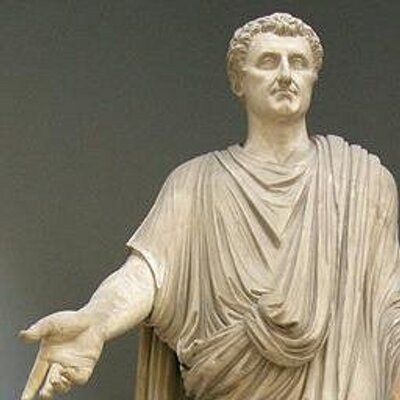How the Buddha Got His Face
Collapse
X
-
-

Gassho, Jishin, __/stlah\__Comment
-
Thank you, Anne! That was an interesting read! I confess I have always delighted in the the very early depictions of the Buddha as footprints as much as I enjoy these very grand, awe inspiring images. I always wondered about the evolution of the imagery.
Gassho,
Krista
st/lahComment
-
Wonderful history. When I made my pilgrimage to India a few years ago, I was able to see in the national museum stone depictions like this of the "Buddha" as an empty space, an empty chair, the Wheel of the Dharma (representing the Teachings), a tree, empty shoes or footprints on the ground. Very Zen. (Synagogues and mosques also have no "graven" (fixed) images for like reason ... just cannot be captured in an image). Later, pagodas containing ashes or bones of the Buddha or an old text came to stand for the Buddha's "body."


By the way, in the Ghandaran art, which influenced the Chinese and Japanese statues which we know and cherish like this Japanese Amida Buddha ...
...

... people may be surprised when it is pointed out that there is a very strong Greek influence. It is true. Ghandara was on the Silk Road, the meeting point of East and West. Do you see that the Kesa Robe he wears, with its straight liines, is a toga, and the idealized body and hair of the Buddha and other elements are influenced by Greco-Roman statuary? It is true.

More on Greco-Buddhist art here ...
Gassho, J
STTodayLAHALL OF LIFE IS OUR TEMPLEComment
-
I love how it says in the article "as if a bunch of Buddhists showed up at a toga party"
Gassho,
Jakuden
SatTodayComment
-
Thank you for sharing! I never realized that the beginnings of Mahayana co-incided with the arrival of the Kushans.
Favourite quotes:
The Swiss artist and scholar Alice Boner, who lived in Varanasi from the 1930s until just before her death in 1981, cautioned against treating these images as mere objects of “aesthetic enjoyment.” They were visual aids, “born in meditation and inner realization.” Their ultimate aim, as “focusing points for the spirit,” was to lead us “back to meditation and to the comprehension of that transcendent reality from which they were born. If they are beautiful,” Boner adds, taking a swipe at modern aesthetic notions, such as art for art’s sake, “it is because they are true.”Gassho,The fierce pupils motionless
and their brightness slightly lessened,
his eyes, directed downward,
were focused on his nose,
the eyelashes stationary,
the stilled eyes stilling the brow.
By restraint of his internal currents
he was like a cloud
without the vehemence of rain,
like an expanse of water
without a ripple,
like a lamp in a windless place,
absolutely still.
- Birth of Kumara
Kenny
Sat Today
Sent from my Pixel 2 using TapatalkComment
-
I recall a documentary on the Terra Cotta Warriors in Bejing, and they talked about how quite possibly Greek sculptors were probably used for part of it.
By the way, in the Ghandaran art, which influenced the Chinese and Japanese statues which we know and cherish like this Japanese Amida Buddha ...
...
... people may be surprised when it is pointed out that there is a very strong Greek influence. It is true. Ghandara was on the Silk Road, the meeting point of East and West. Do you see that the Kesa Robe he wears, with its straight liines, is a toga, and the idealized body and hair of the Buddha and other elements are influenced by Greco-Roman statuary? It is true.
More on Greco-Buddhist art here ...
Gassho, J
STTodayLAH
Gassho
Ishin
Sat/lahGrateful for your practiceComment
-
I really enjoyed this, Anne. Thank you!
The classical Greeks and Romans are responsible for a lot of iconograpy. Images of the Christian god were drawn from representations of Zeus as a bearded, wise looking older gentleman.Fascinating.... The Greco Roman statue hand gesture and the Japanese Buddha's hand gesture. And the draped fabric, so very romanesque. I'd not noticed that before."]Fascinating.... The Greco Roman statue hand gesture and the Japanese Buddha's hand gesture. And the draped fabric, so very romanesque. I'd not noticed that before.
I loved the "as if a bunch of Buddhists showed up at a toga party" line too!
Gassho
Kokuu
-sattoday/lah-Comment



Comment